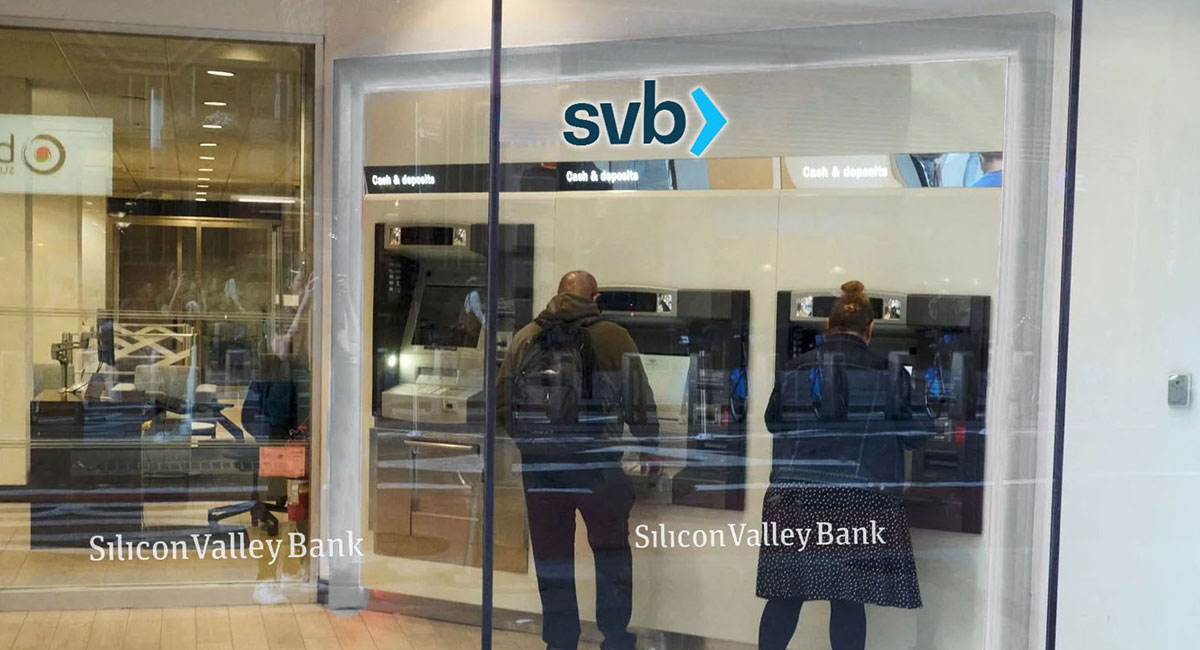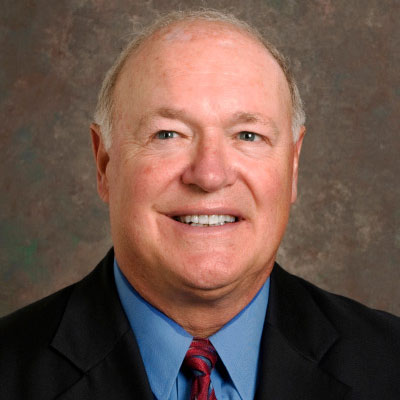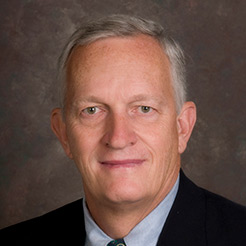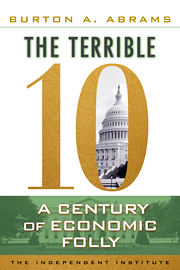Bank runs are as old as the hills, but since 1933, federal deposit insurance has made them rare. Suddenly, bank runs are back in the news with the run on and failure of Silicon Valley Bank in March. Two other banks quickly followed. It has been estimated that more than 150 large regional banks are also at risk. Such a large number of bank failures has the potential to destabilize major lending channels, driving the economy further toward recession .
It has been said that success has many parents, while failure is an orphan. Bank failures in 2023, however, have many parents. Foremost among the parental abusers is the Federal Reserve System , whose erratic monetary policy and misguided economic predictions set the stage for the failures.
Banking is by nature risky as depositors lend banks their money and banks invest the money by acquiring assets. Banks “borrow short” (from depositors) and “lend long” (for example, home mortgages and business loans). Long-term lending carries default risk, failure to repay, and interest-rate risk, the fall in an asset’s value when interest rates increase.
Imagine you bought a $100,000 30-year Treasury bond in 2020 with an average annual interest yield of 1.56%. (This was the actual average). Now assume you needed to sell the bond in May 2023. How much would you get for it? Only $63,848.50, since interest rates had risen to 3.7%, making the 1.56% bond unattractive to buyers. To sell the bond, you must drop its price.
SVB announced losses on its bond investments on March 8 and word spread quickly on social media, sparking the bank run. The bank run required it to sell its assets, and many were long term. When the value of assets falls short of a bank’s deposit liabilities and a run occurs, bankruptcy follows. Moreover, the majority of SVB’s deposits exceeded the $250,000 insurance limit.
Why did SVB make such poor asset investments? First, the simplest explanation is that the portfolio managers were inexperienced or simply stupid.
Second, and perhaps more likely, to attract and keep multimillion-dollar cash depositors, the bank had to pay an attractive interest rate. Because the Fed held short-term interest rates near zero until May 2022, the only way to attract these jumbo accounts was to go “long” on investments since long-term assets typically pay higher interest rates.
Third, the banks’ risk managers may have foolishly believed the Fed’s guidance that it could hold inflation to an average rate of 2%. If the Fed could achieve that goal, long-term interest rates would remain low and stable.
Fourth, the Fed’s quantitative easing, the purchase of trillions of dollars of long-term Treasuries and mortgage-backed securities from banks, kept long-term interest rates artificially low. The Fed’s reversal of QE (data suggest it started in January 2022) has done just the reverse. Investors in long-term securities when rates were low were setting themselves up for financial losses.
Fifth, the Treasury’s budget deficits and the Fed’s massive purchases of assets produced a historic increase in the amount of money that flowed into the banking system. SVB experienced an especially extreme 86% deposit growth in 2021. The bank used some of its newly deposited funds to buy longer-term assets. With less monetary and fiscal expansion, SVB might not have been so flushed with cash and vulnerable to interest-rate risk.
Sixth, SVB was jointly regulated by the Federal Reserve Bank of San Francisco and the state of California. Reports by the regulatory bodies (here and here) indicate that while regulators had identified liquidity problems at SVB (insufficient liquid assets to meet deposit withdrawals), they did not push SVB hard enough to correct this deficiency. The regulators were unprepared for the speed and magnitude at which a bank run could occur with modern technology.
The government’s decision to cover all deposits in the failed banks may stabilize the banking system in the short run, but it harbors the prospect of “moral hazard”—riskier banking portfolios in search of profits and large depositors who, because of the bailout, no longer worry about losses should the banks fail. Are all deposits de facto insured? If deposits in excess of the insurance maximum migrate to the largest banks, the too-big-to-fail problem is exacerbated.
Adding to the problem is that banking regulators empowered to keep the banking system safe have been slow in adjusting to the evolving realities of the financial system. Stay tuned.










